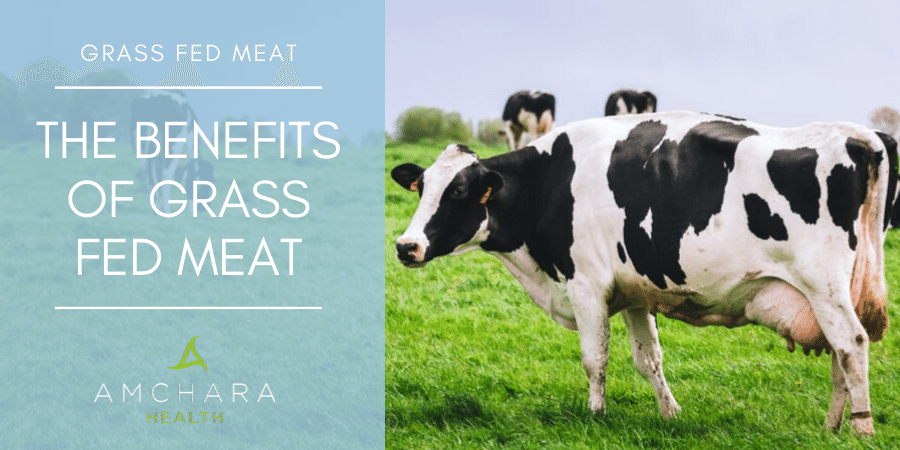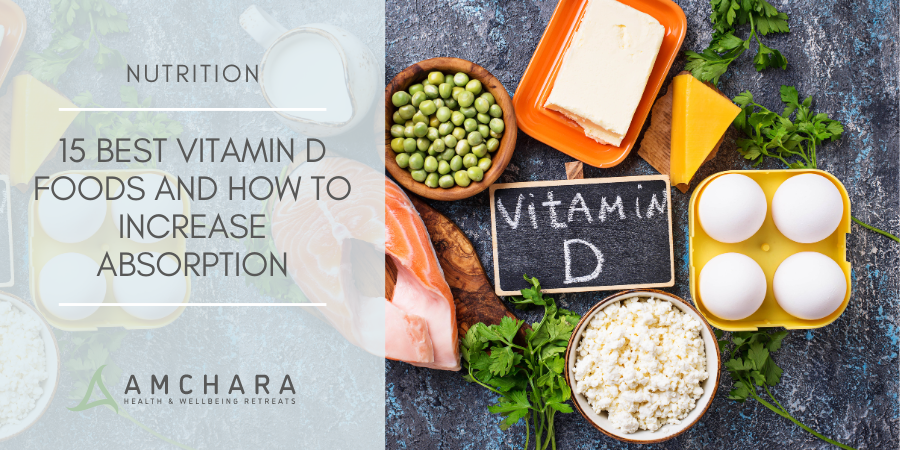Topics Covered in this article:
There is a saying – ‘You are what you eat’.
The type of food cattle and poultry are fed can change the nutritional composition of their meat.
The grass fed versus grain fed debate has been around for decades.
In this article we take a look at the differences nutritionally and the potential impact on health.
Rearing cattle on lush green pastures is a traditional method of farming but the increase in demand for beef, lamb, pork and poultry means more intensive farming has led to the use of grains as a major food source, rather than grass.
What is in commercial cattle feed?
There are a variety of different food products available, generally based on corn, soy, wheat and rice bran.
Additional vitamins, minerals and amino acids are often added, to boost the nutrient content.
The nutritional make-up of the grain will highly influence the nutritional balance within the animal itself.
One clear example of this is the meat from corn fed poultry, which has a yellow tinge to it due to the high carotenoid content in corn, whereas poultry fed other types of grain does not.
Nutritional differences
- Fats
One of the most commonly discussed differences in nutrition with grass fed versus grain fed meat is that of fat balance.
Grass fed meat typically contains less fat than grain fed meat. Grass fed beef has been found to contain approximately 1.4g less saturated fats per 100g compared to grain fed beef (1).
Monounsaturated fats such as oleic acid, omega-9, are also lower.
Monounsaturated fats are known to bring many positive benefits to cardiovascular health, but the reduced level in grass fed meat shouldn’t be cause for concern.
Olives and olive oil can contribute a good level to an average nutritional intake.
One of the clear differences in fat balance is in the polyunsaturated fats.
Omega-6 fats are at a similar level in both types of meat, but in grass fed meat the omega-3 fats are much higher (2).
In fact, some reports show that they may be as high as five times that found in grain fed meat.
The milk from grass fed cattle has also been shown to contain more omega-3, suggesting it may be nutritionally superior to the milk form grain fed cattle (3).
The ratio of omega-6 to omega-3 is important – modern Western food consumption has a far higher level of omega-6, which has been linked to many chronic health conditions, including increased inflammation (4).
Omega-3 fats are pre-cursors to anti-inflammatory molecules, support good cardiovascular health (5), aid in mental health (6) and help the body to remain sensitive to insulin (7).
Other good sources of omega-3 fats include oily fish, walnuts, chia, flax and hemp seeds and their oils.
Grass fed meat is also richer in a fatty acid called conjugated linoleic acid (CLA).
This has been linked to some positive health benefits including weight loss (8), cancer prevention (9) and cardiovascular support (10).
- Vitamins
The levels of some vitamins including vitamin A and vitamin E are higher in grass fed meat (11).
Both these fat soluble vitamins have potent antioxidant effects and good levels are linked to healthy vision (12), immune function (13) and cardiovascular health (14).
Hormones, antibiotics and toxins
Due to the very nature of animals being reared in a more natural environment there seems to be less incidence of disease.
This may be down to exposure to a wider variety of plants or beneficial bacteria, resulting in less need for using medications such as antibiotics.
As there is no need to spray pastures with fertilisers or pesticides to maintain it there is also less exposure for the animals to these harmful chemicals, meaning less accumulation in the meat.
Choosing organically reared and grass fed meat further reduces the risk of contamination by toxins, hormones and antibiotics.
Environmental impact
Livestock farming creates the majority of greenhouse gas emissions – this is down to animal waste and digestion, feed production and livestock transport and processing.
Some have argued the increased demand for meat and meat products is fuelling climate change and there has been a call to adopt a more plant based approach to eating, therefore reducing the impact on the environment.
The reduction in the use of pesticides and fertilisers in grass fed farming means there is less residue in the soil, which may potentially lead to less toxins filtering into the water table.
Raising animals entirely on grass may also increase fertility of the soil and reduce carbon emissions.
The availability of grass fed meat and poultry has increased over the past decade and it is not only readily available from online suppliers, but some high street supermarkets and butchers are increasingly stocking it.
Making the change from grain fed meat to grass fed meat may give benefits to health, the environment and also to the welfare of the animals.
We’re dedicated to providing you with both insightful information and evidence-based content.
Did you find this article useful?
We’d love to hear your thoughts, get in touch!
Read this next:




